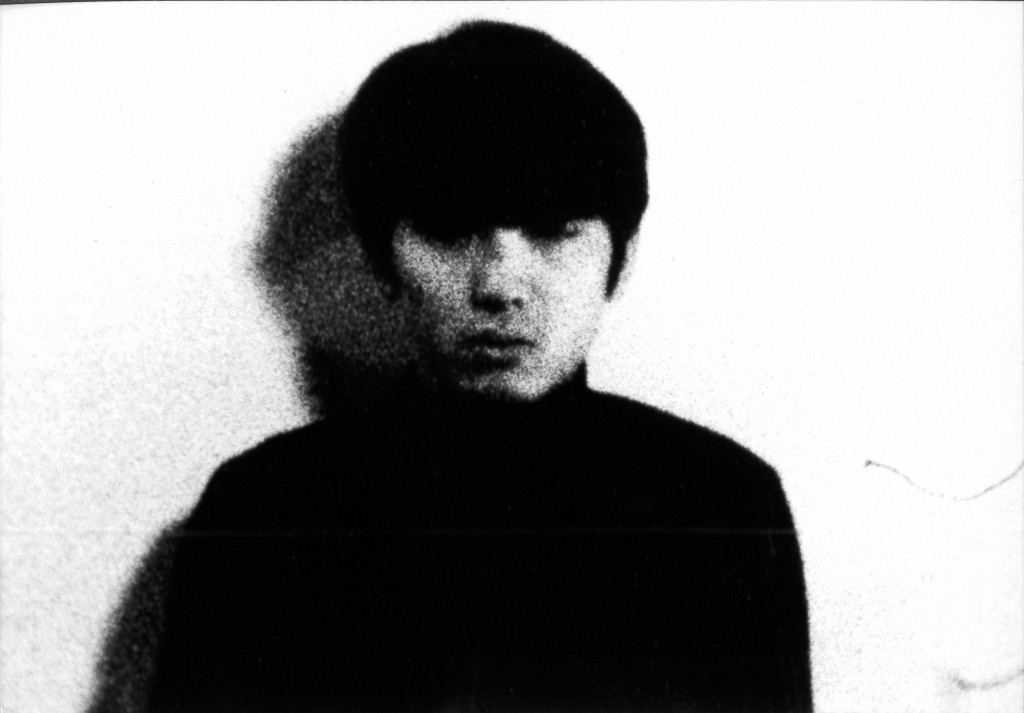
HARU

NAGAYA Miho / 1995 / 8mm / color / 56min.
Araki Nobuyuki says that a camera is a “ca-mara (old Japanese slang for penis)”, and Jean-Luc Godard said, “What you need for a film is a gun and a girl, that’s all.” Is this really the case?
The filmmaker shoots a male body as though running her tongue over it, and shoves a microphone into his thighs and cheeks to record the rustling of his hair and beard. Her desire does not stop at fetishism. Going as far as to rub the ashes of her late grandfather, whom she hated for his overbearing arrogance, onto Haru’s cheeks – this filmmaking act begins to take on the character of revenge against masculinity itself. On the other hand, her thoughts and surging desire toward Haru are inevitably implanted on film, creating an adroit visualization of the sexuality theory of her dilemma as a heterosexual lover.
Through their work, the many female artists (mainly in the fields of manga, photography, and moving images) that appeared in Japan in the early 1990s cast doubt upon existing views of romantic love and the family, presaging the arrival of new ideas of sexual love communication and domestic life. Against this cultural backdrop, HARU can be described as a work that accurately visualizes the reality of sexuality/gender theory found in Japan at the time. (YAMASHITA Koyo)
NAGAYA Miho
Born in 1972. Graduated in the 17th and 18th classes of the Image Forum Institute of the Moving Image. Won the Grand Prize at IFF 1995 for THE FLOWER FROM THE SEA(1994). Currently resides in Mexico City where she is active as a Latin culture writer and runs an Asian restaurant. Major works: TENSHIMACHI (1995), THE MERCURY (1995).
Schedule
TOKYO:4/30 16:00, 5/2 16:00 V6 program
KYOTO:5/18 16:30 V6 program






